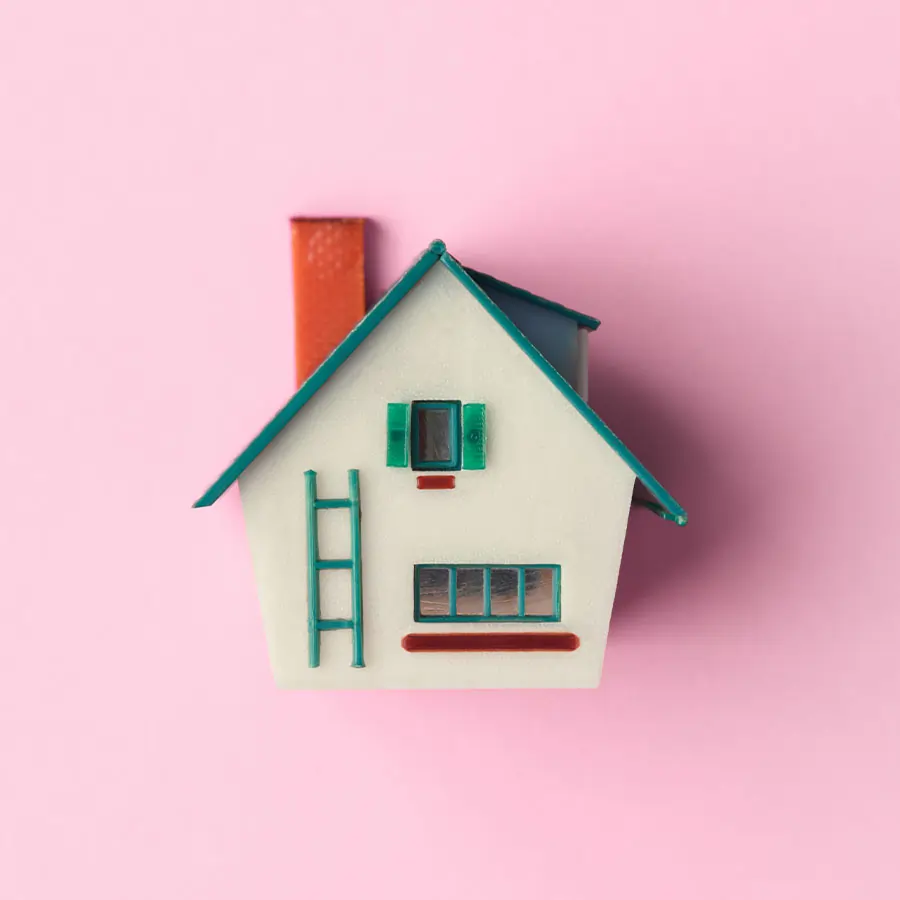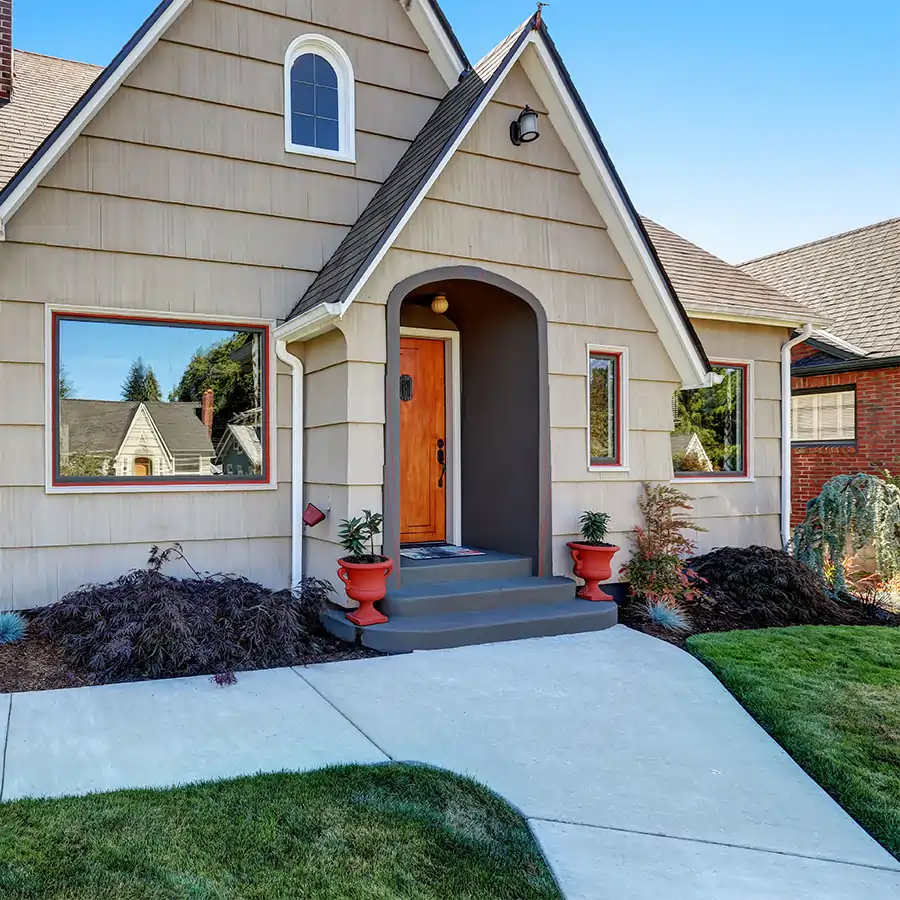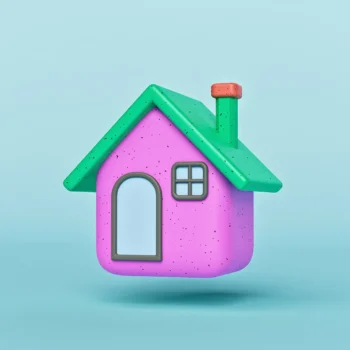
What is high-risk home insurance?
As with all types of insurance, there is a standard market for common situations and a “high-risk” market for non-standard situations. You can fall into the high-risk home insurance category for a few reasons, such as the type of building you want to insure, your claims and payment history, or the use of your building. Our insurance brokers will work with you to find solutions to meet your unique needs.




Why is my home high risk and what can I do?
High-risk home insurance is specifically designed to cover high-risk situations that many insurance companies will not cover. Your home could be considered high-risk based on its age and style, heating and occupancy. Some vacation homes are also considered high risk. Learn more about what makes a home high-risk. It’s important that you get the insurance coverage you want and need, and we will work with you to find the solutions for your individual situation.

The right choice for your high-risk home
Mitch has high-risk home insurance solutions, offering advantages like:
An extensive network of reliable high-risk home insurance companies and coverages to choose from.
Payment plans to help you manage your budget and protect your insurance record.
The experience to find comprehensive coverage for rural and other high-risk properties.
Good advice that includes information on ways to reduce your high-risk home insurance premiums.
A long list of non-high risk home insurers because high risk doesn’t have to be forever.
How can I lower the cost of my home insurance?
We believe everyone has a right to fair insurance. If you’re considered high risk, we’ll get you back on track. Here’s some starter tips:
Clean up your yard
Remove dead trees and other objects on your property that could potentially damage your home in a storm.
Invest in safety and security
Update smoke alarms, install more secure doors and windows, and a monitored burglar alarm.Update smoke alarms, install more secure doors and windows, and a monitored burglar alarm.
Update your roofing and siding
Invest in siding and roofing designed to make your home more weather-resistant, and prevent claims.
Invest in repairs and maintenance.
Bring in a professional contractor to inspect your home and follow their maintenance and repair advice.
Frequently asked questions about high-risk home insurance
What Is high-risk home insurance?
High-risk home insurance is specifically designed to provide coverage to homeowners who’ve had problems getting insurance in the past, because of things like a home located in an area known for flooding, older homes or ones with oil or wood heating. You as the homeowner could also be labelled high risk due to your claims or payment history.
Why do I need high-risk home insurance?
High risk home insurance is needed when a homeowner or the property:
- Has multiple claims in a short period of time.
- Has had a past home insurance policy cancelled for non-payment or misrepresentation.
- Has a history of not paying home insurance premiums on time.
- Has two or more mortgages on the property.
Even with a spotless insurance history, your home can be considered high risk if:
- It’s located in a rural area known for storm damage or far from a fire hydrant.
- It’s vacant.
- It’s a vacation home.
- It’s over a century old.
- It has no recent updates (roof, furnace etc.)
- It has oil or wood as the main heat source.
How do I lower the cost of my home insurance?
There are things you can do as a homeowner to keep home insurance costs down like:
- Removing dead trees and other objects that could potentially damage your home in a storm
- Installing more secure doors and windows, and updating smoke alarms
- Adding a monitored burglar alarm
- Investing in new siding and roofing designed to protect your home better
- Having your insurance bills automatically withdrawn from your bank account
- Paying off second or third mortgages
Avoid making minor claims (under $5,000) if you can afford to pay for repairs yourself
What high-risk insurance companies do you work with?
High-risk home insurance companies we work with include:
April Canada: Has a team of specialist underwriters that focus on the needs of high-risk customers.
Burns & Wilcox: Is all about filling insurance gaps, so insuring those who can’t find coverage elsewhere.
Cansure: Prides itself on insuring the toughest risks, including seasonal properties, vacant dwellings and B&Bs.
Forward Insurance: Combines great people and industry-leading technology to offer insurance products that others can’t.
Max Insurance:Uses deep learning AI to tailor coverage and price for each customer .
How long does it take to get out of the high-risk category of home insurance?
It depends on whether the insurance companies consider you high risk, or your home. If you’ve been labelled high risk because you have multiple recent claims or a history of missed payments, it will typically take 3-5 years with no claims and no missed payments to get back to standard home insurance and lower rates. If your home is considered high risk, it may always be high risk if it’s far from a fire hydrant or more than 100 years old. In other cases, you may just need to upgrade your roof, wiring or heating system and you’ll qualify for standard home insurance right away.
As a brokerage for over 70 of Canada’s top insurers, we have access to a wide range of insurance solutions at some of the best rates in Ontario. Want to learn more about the coverage options available to you? Here’s a few of them.









